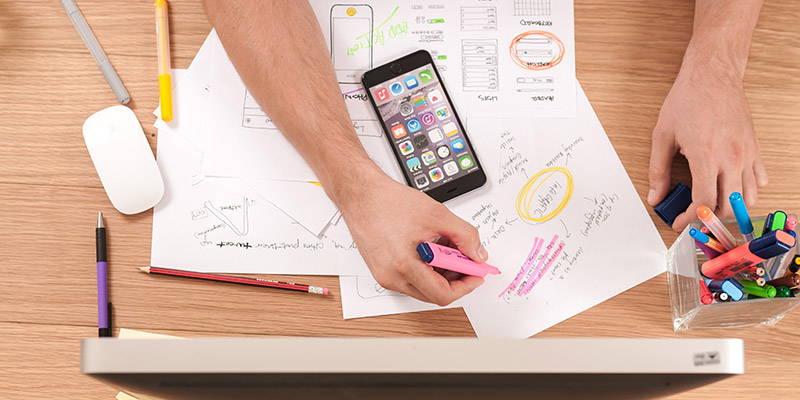
Breaking up the website planning process into phases allows you to focus in on one aspect of your website at a time. For example, wireframing helps determine content layout, and mock-ups focus in on the look and feel of a website. It’s important to address functionality and user experience during the planning process as well, and this is where prototyping comes in. Prototypes are a great way to demonstrate how elements will function, as well as to pinpoint usability issues early on in a project.
In this post, we’ll discuss the details of website prototyping and take a look at a variety of prototyping methods and resources.
In this post, we’ll discuss the details of website prototyping and take a look at a variety of prototyping methods and resources.
What is prototyping?
Once you have the wireframing and mock-up stages completed for a website project, the next logical step is to show how it all will work by creating a prototype. Essentially, a prototype is an interactive mock-up or demo of a website that can be used to gather feedback early on in a project. A website prototype can vary in the level of detail, but the goal is generally the same: to demonstrate the functionality and usability of a website.
Prototyping can be a valuable addition to the web design process instead of jumping right into the development phase, as it helps you to better plan out the overall user experience on your website, and determine how users will interact with the various page elements before committing them to code. This can save time and money during a project, as it allows you to make changes and identify possible issues in the prototype instead of during development when things become more finalized.


Popular prototyping methods
There is a variety of methods and tools that web designers can use to create a prototype, and each prototyping method has its own unique advantages. When choosing a method, take into consideration the unique needs of your project, and try experimenting with a variety of tools to see what works best for you. Let’s take a look at some popular methods for website prototyping.
Using a prototyping app
Prototyping software and apps are specialized tools that can help designers quickly build prototypes from their wireframes or designs. Prototyping programs have a variety of useful features to speed along the design process, such as built-in collaboration tools for teams, mobile prototyping tools, and element libraries.
Resources:
Coding a prototype
Coding your own prototype is useful because you are creating something closer to the final design than some of the other forms of prototyping. A coded prototype may include anything from basic design elements, like buttons and forms, to elements with advanced functionality, like a checkout process. This method of prototyping can save time during development, since the basic styles and structure of website elements are created during this phase. Frameworks can often be a great a resource when coding a prototype since they provide a base of code to start with, which will speed up the build process.Resources:
Using presentation software
If you’re looking for a prototyping method that is a bit simpler or easier for beginners, you might look into using a presentation software such as Microsoft PowerPoint or Keynote. The widespread familiarity with these types of programs make it easy to pick up the basics, as well as learn advanced features quickly. This prototyping method is especially useful for showcasing workflows and processes in a slideshow format. You can also use element libraries like Keynotopia to easily put together clickable prototypes using Keynote and PowerPoint.Resources:
Ready to revamp your website? Start here
